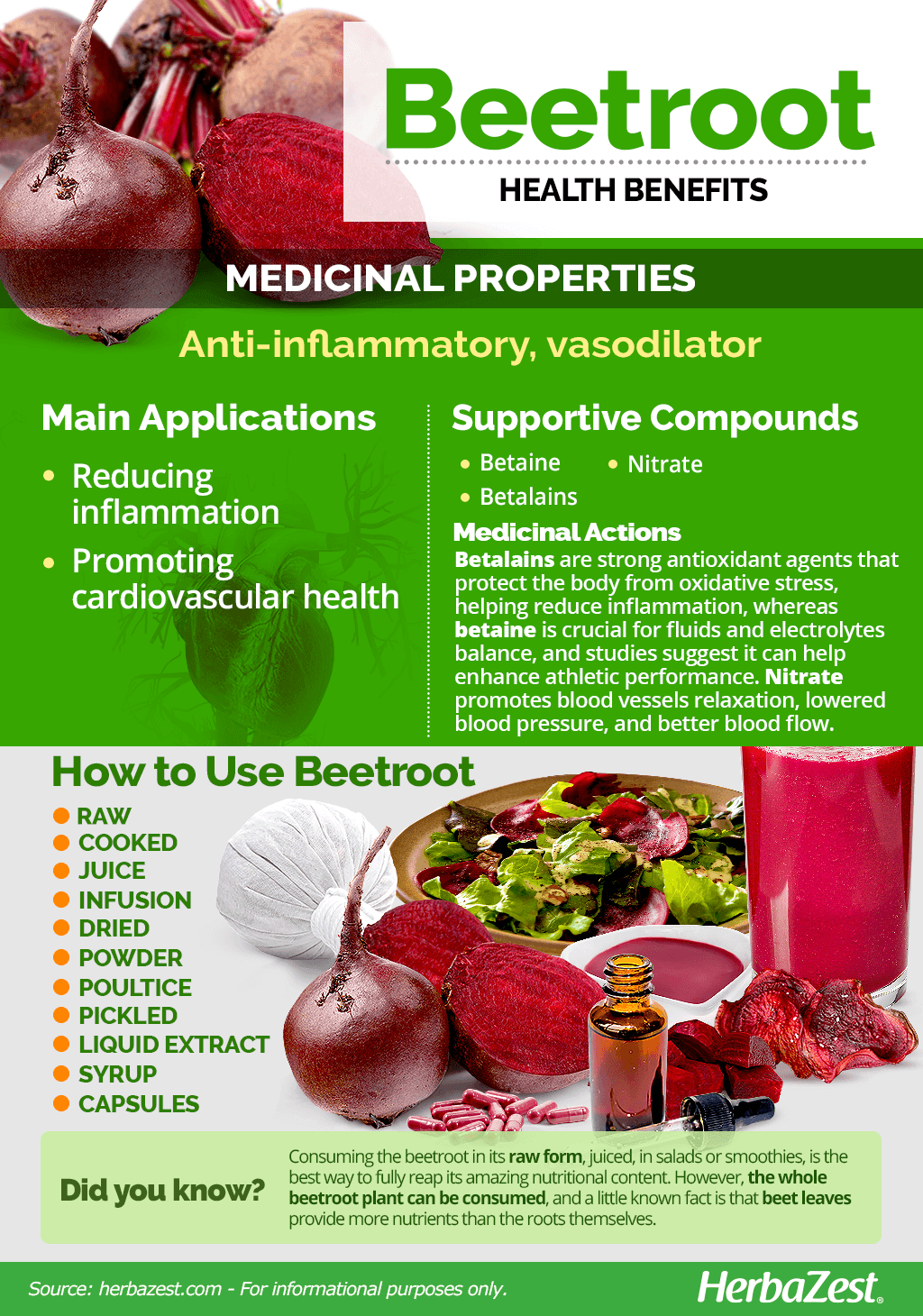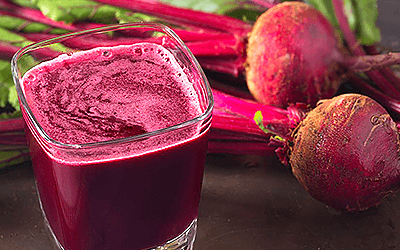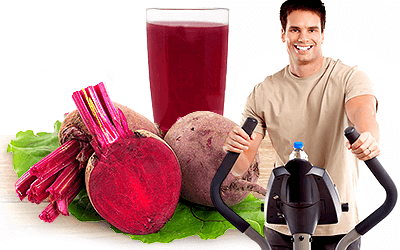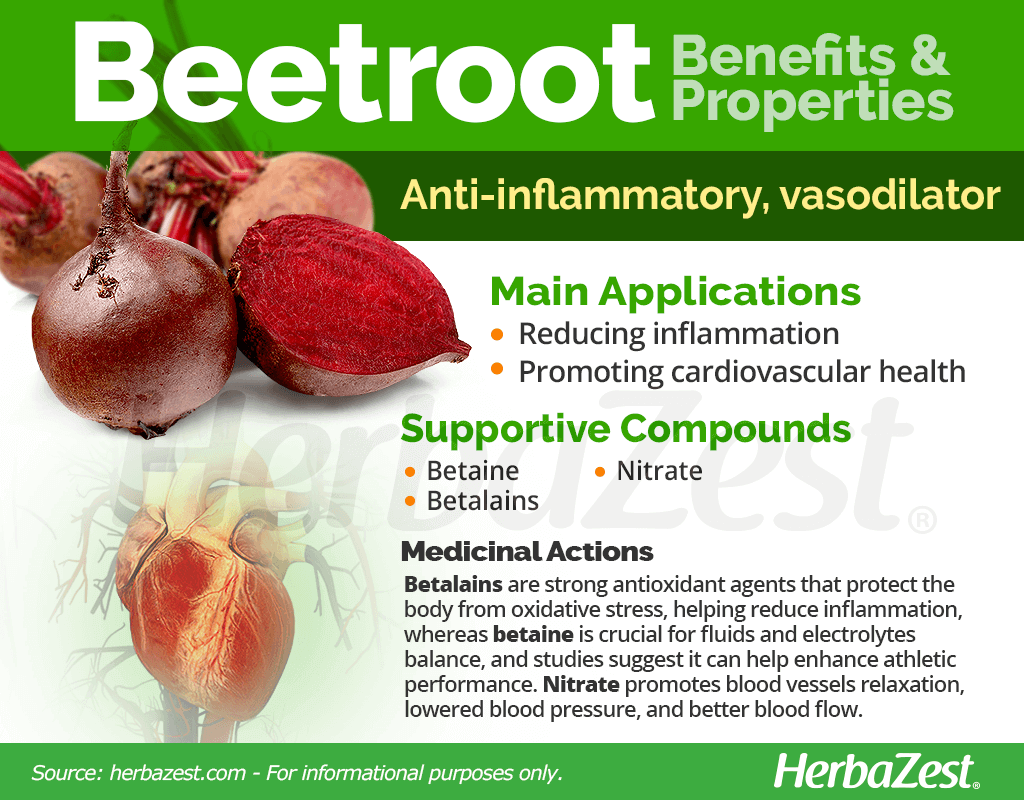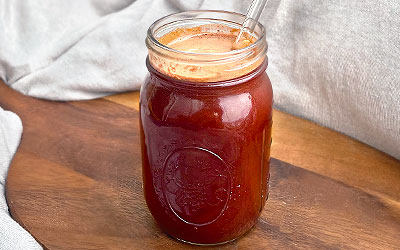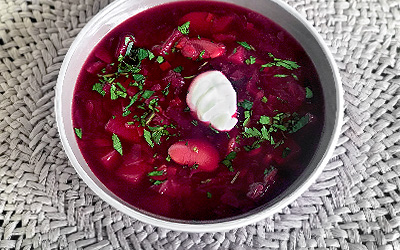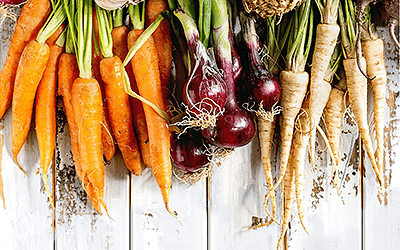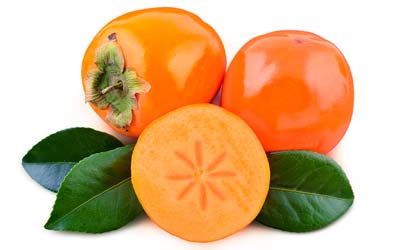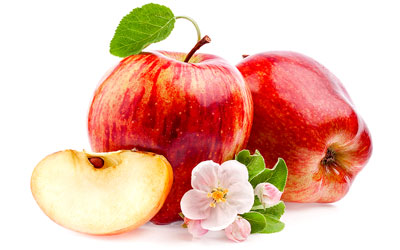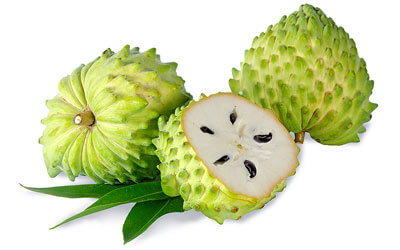The benefits of beets have been known for millennia, and ancient civilizations have used the whole beetroot plant (leaves included) in the treatment of a number of health conditions. Nowadays, this nutritious vegetable is a food staple around the world; however, modern scientific studies have revealed some of the mechanisms of action behind the amazing beetroot's properties, paving the way for new medicinal and nutraceutical applications.
Beetroot Medicinal Properties
- Medicinal action Anti-inflammatory, Vasodilator
- Key constituents Betaine, betalains, nitrate
- Ways to use Capsules, Hot infusions/tisanes, Liquid extracts, Food, Juiced, Tincture, Poultice, Powder, Syrup, Dried
- Medicinal rating (4) Very useful plant
- Safety ranking Safe
Health Benefits of Beetroot
Beet's anti-inflammatory and vasodilating properties have found several medicinal uses throughout history. The most important beets' health benefits include:
Reducing inflammation. The high content of antioxidant compounds in beets helps protect cellular integrity and internal organs from oxidative stress, thus preventing inflammatory diseases.
Promoting cardiovascular health. Consuming beetroot in dietary amounts can help relax blood vessels and improve blood flow, thus stabilizing arterial pressure and reducing cardiovascular disease risk.
While further research is necessary, some studies suggest that the ability of beets to balance body fluids can help enhance athletic performance, as well as preventing muscle cramps and promoting the optimal functioning of all body organs.
How it Works
Beetroot is not only nutrient-rich, bot also contains several other bioactive compounds that are thought to be responsible for its health benefits, mainly ascorbic acid, carotenoids, phenolic acids, and flavonoids.
Modern studies on the mechanisms of action behind beets' health benefits have largely revolved around their high content of inorganic nitrate, which the body turns into nitrite and nitric oxide to be used for a variety of vital functions. Nitric oxide is incredibly effective at relaxing and dilating the blood vessels. The therapeutic potential of this ability of beetroot is being extensively researched, as dilated vessels mean lowered blood pressure, better blood flow, and optimal functioning of muscles and organs. Since nitric oxide helps cells use oxygen more efficiently, it is though that it could relieve pressure on the heart.1
When nitrate-rich foods like beets are consumed, the "good" bacteria in the mouth convert it into nitrite and nitric oxide.
Beets are also high in betalains, which are red-violet pigments with strong antioxidant properties that help protect the body from oxidative stress, reducing the internal inflammation that can trigger a number of diseases.2 It has been shown that betalains are capable of lowering toxic levels of homocysteine (Hcy), an amino acid that triggers the release of catecholamines, which are neurotransmitters which, if produced in excess, can cause constriction of blood vessels, raising blood pressure and heart rate. Additionally, the high concentration of betalains and phenolic compounds in beetroot juice have been shown to play a key role in glucose metabolism and insulin production, helping prevent blood sugar spikes after meals.
Another important phytocompound in beets is betaine, a type of betacyanin that is crucial for maintaining the balance of fluids and electrolytes, necessary for muscle contraction and proper functioning of all body organs. Preliminary research has suggested that betaine supplementation may improve strength and power performance, and this compound has also been used in the treatment of liver disorders, hyperkalemia, and gastrointestinal disturbances, among other health conditions involving water balance.3
Some studies suggest that the ability of beets to improve blood flow may help prevent neurodegenerative diseases, such as Alzheimer's disease and Parkinson's disease.
Herbs like cabbage and greater plantain also possess strong anti-inflammatory properties, whereas ginkgo biloba and cacao provide vasodilator and cardiovascular benefits.
Beetroot Side Effects
Beetroots are considered safe in both culinary and medicinal amounts. It's important to note that consuming nitrates from sources other than whole vegetables may cause detrimental health effects. Also, about 10 - 15% of the population may experience beeturia, or a harmless reddening of the urine, after consuming beets.
Beetroot Nutrition
Most beetroot's benefits are based on its nutritional profile, which includes high amounts of essential minerals and vitamins, necessary for growth, development, and proper function of all vital organs in the human body.
Beets contain a considerable amount of dietary fiber, which promotes good digestion and regular bowel movements, as well as a delayed glucose metabolism, which prevents blood sugar spikes after meals. On the other hand, while beetroot scores 64 in the glycemic index (GI), which is moderately high, it also has an extremely low glycemic load (GL), meaning a very slow rate of sugar absorption in the body.
Contrary to popular belief, beets are great for everyone, including diabetic people since they help stabilize blood sugar levels.
Beets are a great source of vitamin B9, better known as folate, which is crucial for fetal development and also plays a supportive role in the production of red blood cells. While folic acid (the synthetic form of folate) is added to most culinary products, women of reproductive age, those who are pregnant, people with depression, elderly, and those with malabsorptive disorders are at high risk of deficiency and should increase the amounts of this important nutrient in their daily diet.
Beets also provide good amounts of copper and manganese, two minerals that are essential for many bodily functions. Copper contributes to the formation of red blood cells, as well as promotes the health of blood vessels, nerves, immune system, and bones. Manganese, on the other hand, promotes fat and carbohydrate metabolism, calcium absorption, and blood sugar regulation. It also helps with the formation of connective tissue, bones, blood clotting, and sex hormones.
Other nutrients that are present in adequate amounts in beets include iron, magnesium, and potassium, as well as vitamins C (ascorbic acid) and B6 (pyridoxine), whereas smaller quantities of calcium, phosphorus, and zinc, along with other B-complex vitamins round the nutritional value of beetroot.
A cup of raw beets (136 g) provide 58 calories, zero fat, and 15% of the recommended daily value for dietary fiber.
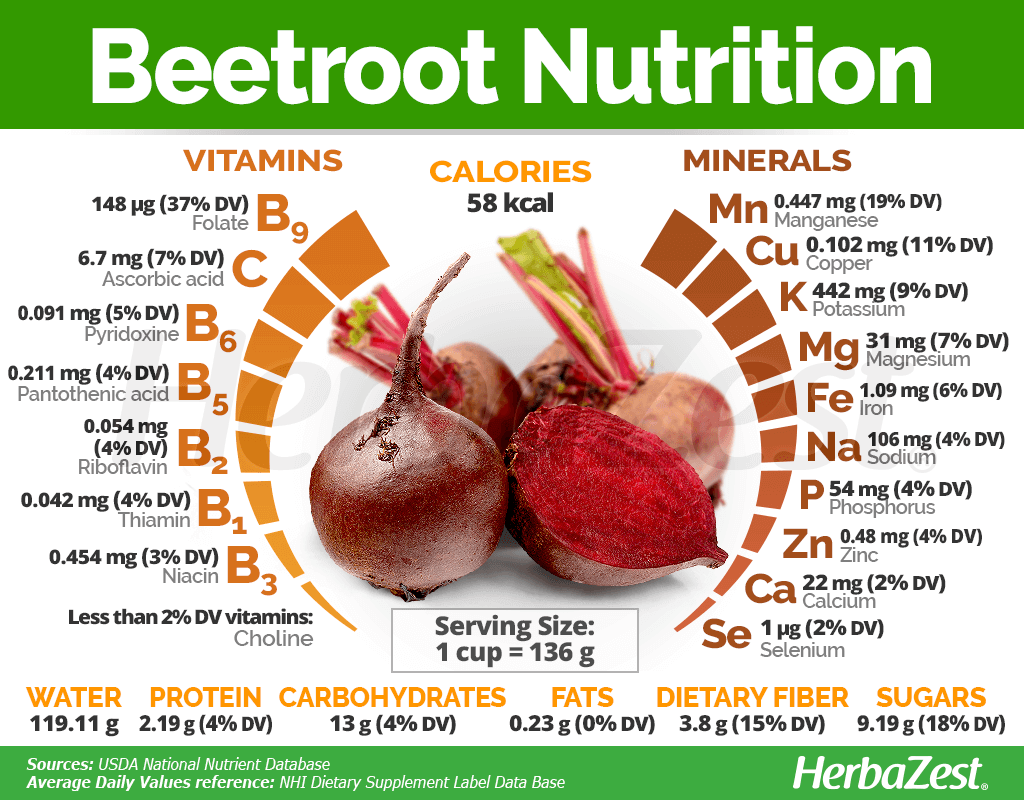
How to Consume Beetroot
- Edible parts Leaves, Root
- Edible uses Coloring, Sweetener
- Taste Sweet, Earthy
Beets are described as having a full, earthy and sweet flavor. Betaine, the red pigment in beets, is often used as a food coloring in items like frozen pizza, tomato paste, pasta, pink lemonade, and strawberry ice cream.
Beets can be eaten raw, boiled, steamed, roasted, baked, and pickled. Take care when preparing them, though, as their deep red color can stain skin, clothes, and surfaces.
Red beets have earned a good reputation in their pickled form, which preserves many of their nutritional benefits and medicinal properties.
While most uses of this nutritious vegetable are culinary, their many benefits can also be obtained through herbal remedies and dietary supplements.
Natural Forms
Raw. Both beetroot and beet leaves can be eaten in their fresh form, which is highly recommended in order to fully reap the medicinal properties of beetroot. Salads and smoothies are the most popular ways of consuming all parts of the Beta vulgaris plant.
Cooked. While some water soluble nutrients, mainly ascorbic acid and other antioxidant compounds, get reduced when cooking the beetroot, this is the most popular form of consumption and still provides a great deal of vitamins, minerals, and nitrates. Beets are a staple ingredient in the famous national Eastern European soup, borscht.
Juice. Beetroot juice has become a staple in the diet of many athletes and people with healthy lifestyles since this concentrated form contains high amounts of nitrates and antioxidant compounds, all of which are highly beneficial for cardiovascular health and athletic performance.
Poultice. Fresh beet leaves can be crushed and applied directly on skin rashes and inflammations in order to soothe irritation and swelling.
Dried. Having a longer shelf-life, dried beets can be eaten as a snack, used to garnish salads, or hydrated to be added to a number of culinary creations. Beet leaves can also be baked and consumed as healthy chips.
Infusion. Beetroot tea is becoming trendy due to its alleged detoxing properties, as well as its high content of antioxidant compounds, folate, and iron, all of which support bodily functions, promote a healthy pregnancy, and help prevent anemia.
Powder. In this dehydrated and pulverized form, beets' health benefits are very well preserved. Beetroot powder can be added to juices and smoothies, as well as used as a coloring agent for culinary recipes.
Pickled. In pickled form, beets not only have a long shelf-life, but also retain many of their nutritional and medicinal benefits.
- Syrup. The juice of beetroot, extracted and reduced to a syrup, has been used as a sweetener for centuries. The juice is full of healthy sugars, antioxidant compounds, and essential minerals.
Herbal Remedies & Supplements
Liquid extract. Beetroot extract is rich in betalains, which are powerful antioxidants that can help reduce cellular damage and also protect the skin from solar radiation. Studies suggest that this preparation can also help the immune system fight harmful pathogens, such as influenza. Beetroot extract is also used as a natural dye for culinary products, such as ice cream, yogurt, powdered beverages, among many others.
Capsules. The bioactive compounds, responsible for most of beets' health benefits, can be obtained in this supplementary form, which can be ingested in standardized daily doses. Capsules are particularly convenient for those who find the taste of beets unpleasant.
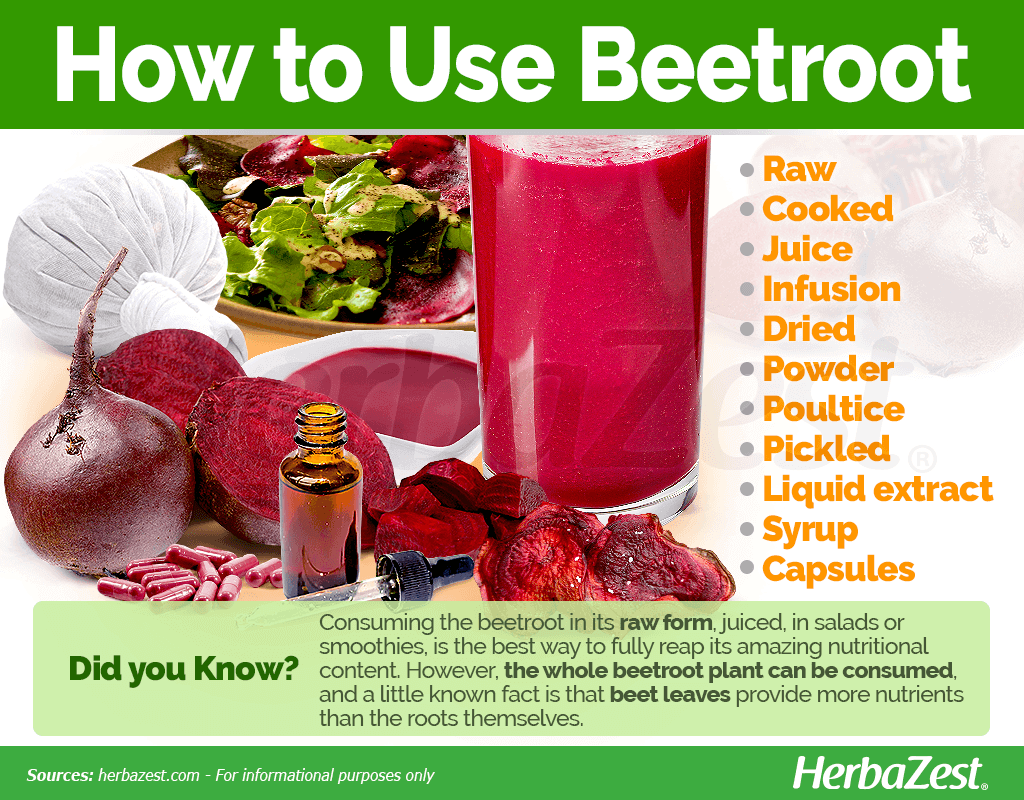
Growing
- Life cycle Annual
- Harvested parts Roots, Leaves
- Light requirements Full sun, Partial shade
- Soil Medium (loam)
- Soil pH 5.6 – 6.0 (Moderately acidic), 6.1 – 6.5 (Slightly acidic), 6.6 – 7.3 (Neutral)
- Growing habitat Temperate climates
- Planting time Early spring, Fall
- Plant spacing average 0.5 m (1.64 ft)
- Potential insect pests Beetles, Nematodes, Leafminers
- Potential diseases Root rot, Viruses, Bacterial blight, Bacterial leaf spot, Damping-off, Downy mildew, Powdery mildew
The beetroot plant (Beta vulgaris), also known as common beet, red beet, and sugar beet, is an ideal crop for temperate, cool weather and also perfect for small gardens since it requires very little room to grow. One of the best things about growing beets is that the whole plant, leaves and roots can be harvested and consumed. Although the beetroot plant is fairly easy to cultivate, it requires some basic conditions to thrive, and the following gardening tips can be useful for gardening success.
Growing Guidelines
The beetroot plant is propagated by seed, and it grows well in the cool temperatures of the early days of spring and fall. Beets do well in a sunny area with partial shade. Beets must be planted in well-drained, loam soil, deep enough to make plenty of room for the roots. If the soil is too dry, the plants can become stringy, tough, or split.
Beetroot plants prefer a soil pH of 5.8-7.0 but can tolerate a pH of up to 7.6.
Gardening tip
Mixing organic material into the soil, such as grass, leaves, and other soft plant residues can provide extra nutrition for the beets while growing.
Beets are also sensitive to boron deficient soils, so testing the area beforehand and making the necessary adjustments may be a good idea.
Beets germinate in 5 - 10 days and require a soil temperature of at least 40°F (4°C) to sprout. Each beet seed produces two to six plants. The space between plants, considering thinning, should be of two to three inches (5 - 8 cm) apart.
Before planting the beetroot seeds, it is important to break up the soil 8-10 inches (20-25 cm) deep, and clear the area from rocks, trash, and twigs.
Beets have deep roots that can reach depths of 36 to 48 inches (91-122 cm), so care should be taken not to plant them near to tree roots.
Beetroot plants require frequent but moderated watering in order to grow at their best.
The time from planting to harvest can be of 8-12 weeks in warmer months, and 16-18 weeks in cooler months.
When grown in cloudy, damp weather, beets are more vulnerable to bacterial, viral, and, fungal diseases, mainly bacterial blight, beet curly top virus, beet western yellows virus, leaf spot, damping off, downy mildew, powdery mildew, and root rot.
Beetroot plants can also be attacked by nematodes, beetles, and leafminers.
Additional Information
- Other uses Animal feed, Dye
Plant Biology
Beets may also be referred to as beetroot, common beet, or red beet, among other names. They are native to the Mediterranean region.
Grown for their edible root, beet plants are usually erect, with a long main root and a rosette of leaves growing on stems. Their green and purple-veined leaves are oval in shape, erect from the ground and arranged alternately on the stem, and grow 8 - 15 inches (20 - 40 cm) in length. Beet roots are usually red in color. The plant produces green flowers attached directly to its base, without a stalk or peduncle, which can reach 3.3-6.6 feet (1-2 m) in height.
Beets are typically grown as annual plants, harvested after one growing season. The red, bulbous beetroot grows underground and is usually round and red, sometimes with minimal secondary roots, though they can be flat-bottomed as well as yellow or white.
Classification
Although it is usually grown as an annual crop, the beetroot plant (Beta vulgaris) is a biennial root vegetable in the Chenopodiaceae also known as Amaranthaceae or goosefoot family, which contains 2,500 species spread out over 180 genera. This family includes many flowering plants, and though it is a widespread family, most of its members are found in tropical areas. Other economically important herbs within this large botanical group are amaranth (Amaranthus caudatus), spinach (Spinacia oleracea), and quinoa (Chenopodium quinoa).
Varieties, Subspecies, and Cultivars of Beetroot
Commonly associated with a blood-red color, the modern beetroot, both red and white, originated in Italy from the wild beets native to the Mediterranean coastline.
In general, there are three varietal categories of Beta vulgaris: beets, which are enjoyed for alimentary purposes; chard, which is grown mostly for its flavorful leaves; and sugar beets, which are commonly used for sugar processing. Most beets today are dark red or purple, but there some varieties are white or yellow. Other varieties that are too coarse for human consumption - called mangold, mangels, or mangelwurzel - are used for animal fodder.
The sugar beet (Beta vulgaris subsp. vulgaris var. altissima) was developed in Germany in the 19th century as an alternative to sugar cane, and it is still being cultivated primarily for this purpose. Sugar beets, also known as white beets and albino beets, are the most common variety grown for sugar production.
Nowadays, there are many dark-colored cultivars of sugar beets, with the most popular ones being the Globe beetroot, which has a round and smooth tuber with dark red flesh, and the Egyptian beetroot, also with a spherical appearance and a reddish, smooth surface.
On the other hand, traditional dark red beets or garden beets (Beta vulgaris subsp. vulgaris var. vulgaris) are preferred for direct human consumption, and there many cultivars available, mainly Derwent Globe, Darkest Globe, and Detroit Dark Red, whereas fast growing varieties, appreciated by growers are Rapid Red, Early Wonder, Early Egyptian, and Early Market.
Round shaped varieties of beetroot sometimes show pink or red and white inner circles.
History of Beetroot
The common beetroot is thought to derive from the wild or sea beet (Beta maritima), which grew in the Mediterranean basin. They were eaten in both Ancient Greek and Roman culture, though just the leafy green tops; the pointed black or white root was only used medicinally. Beet juice was thought to cure jaundice as well as ringing in the ears and toothaches when put inside the nostrils, while beet leaves were used for binding wounds.
By the late 1400s, cultivated beets were found across Europe, and both parts of the plant were consumed. Eventually, they made their way across the Atlantic with European immigrants, and the bulbous, dark red root of today is used both for culinary purposes and as a performance enhancer in athletes.
The use of beet sugar was initiated in Germany and France when cane sugar was prevented from reaching Europe due to a British blockade during the Napoleonic wars of the 19th century. The sugar beet was introduced in Chile by German settlers in 1850 and arrived to North America in 1879.
Economic Importance of Beetroot
Beets are most popularly consumed in Eastern and Central Europe, but also grown and eaten all around the world. The current leading producer of beetroot is France, followed by Germany and the United States.
The majority of beets are processed into sugar and other products, but a smaller percentage is sent fresh to the markets. In the United States, beets are a small minority in the population of cultivated vegetables, and most production comes from Wisconsin.
Nowadays, beet sugar accounts for about 30% of the world's sugar production, and almost half of the sugar consumed in the United States comes from sugar beets.
Popular Beliefs
The beetroot was highly valued by ancient Greeks and Romans, which attributed aphrodisiac qualities to this vegetable. Beets appear associated with lust and love on frescoes, in houses of prostitution of Pompeii and Rome.
In Greek mythology, the goddess Aphrodite ate beets to increase her appeal.
Other Uses
- Dye. The deep pigments of beets are also used as a food coloring or dye for industrial purposes.
Pharmaceutical industry. In addition, a protein in sugar beets is currently being researched as a potential substitute for human hemoglobin to be used in blood transfusions.
Sources
- Australian Government, Department of Agriculture and Fisheries - Land requirements for beetroot
- British Broadcasting Corporation, Plant protein could be used for blood, say scientists
- Exclusive Food Product Researches, pp. 32-33
- Hamilton University, Beets
- Health Benefits of Beetroot, pp. 9-16
- International Journal of Sports Physiology and Performance, The effect of variable doses of inorganic nitrate-rich beetroot juice on simulated 2,000-m rowing performance in trained athletes, 2014
- Journal of Nutritional Science, Effects of a beetroot juice with high neobetanin content on the early-phase insulin response in healthy volunteers, 2014
- Journal of the Academy of Nutrition and Dietetics, Whole beetroot consumption acutely improves running performance, 2012
- Kansas State University, Beetroot beneficial for athletes and heart failure patients, Kansas State University research finds
- Medicine and Science in Sports and Exercise, Beetroot juice supplementation does not improve performance of elite 1500-m runners, 2014; A single dose of beetroot juice enhances cycling performance in simulated altitude, 2014
- Nutrients, The Potential Benefits of Red Beetroot Supplementation in Health and Disease, 2015
- Oregon State University, World Food Crops - Sugarcane & Sugar Beets
- Penn State University, Plant Village, Beet
- PubChem, Betaine
- Red Beet Biotechnology: Food and Pharmaceutical Applications, pp. 143-144
- Sweeteners: Nutritional Aspects, Applications, and Production Technology, p. 168
- Texas A&M Agrilife Extension, Growing Beets
- The American Journal of Clinical Nutrition, Food sources of nitrates and nitrites: the physiologic context for potential health benefits, 2009
- The British Journal of Nutrition, Blood pressure-lowering effects of beetroot juice and novel beetroot-enriched bread products in normotensive male subjects, 2012
- The Journal of Nutrition, Inorganic nitrate and beetroot juice supplementation reduces blood pressure in adults: a systematic review and meta-analysis, 2013
- University of Arizona, Table beets
- University of Connecticut, The Effect of Betaine Supplementation on Performance and Muscle Mechanisms, 2011
- Wake Forest University, Benefits of beet juice
- Washington State University, Beets
- Journal of Agricultural and Food Chemistry, Betalains--a new class of dietary cationized antioxidants, 2001
- Nutrition Journal, Role of homocysteine in the development of cardiovascular disease, 2015
Footnotes:
- British Journal of Clinical Pharmacology. (2013). Vascular effects of dietary nitrate (as found in green leafy vegetables and beetroot) via the nitrate‐nitrite‐nitric oxide pathway. Retrieved November 15, 2021, from: https://www.ncbi.nlm.nih.gov/pmc/articles/PMC3575935/
- Archives of Pharmacal Research. (2015). Anti-inflammatory activity of betalain-rich dye of Beta vulgaris: effect on edema, leukocyte recruitment, superoxide anion and cytokine production. Retrieved November 15, 2021, from: https://pubmed.ncbi.nlm.nih.gov/25173360/
- Journal of the International Society of Sport Nutrition. (2011). Effect of betaine supplementation on plasma nitrate/nitrite in exercise-trained men. Retrieved November 15, 2021, from: https://www.ncbi.nlm.nih.gov/pmc/articles/PMC3066115/
